Urna tells us about Amritsar and shares the recipe of Amritsari Chole Masala, a local delicacy. An exclusive for Different Truths.

They say there are three places that you absolutely cannot miss if you’re in Amritsar. The totally stunning Golden Temple, the Jallianwala Bagh and the Attari-Wagah border.
The Attari-Wagah checkpoint is roughly midway between Amritsar in India and Lahore in Pakistan. The border is about 32 kilometres from Amritsar and 24 kilometres from Lahore, the only road link between the two countries. Here the border is marked in white, as it cuts across the historic Grand Trunk Road.
Almost sensing the many subterranean layers and sub-layers of not-so-easy to decipher sentiments that one feels at the Attari-Wagah Border, and as a fitting ode to our bitter-sweet past, there’s another not-to-be-missed place.
The Attari-Wagah checkpoint is roughly midway between Amritsar in India and Lahore in Pakistan.
A concept restaurant called ‘Sarhad’, with intricate jali work segregating tables and hand-painted live counters. The food at Sarhad too is a tribute to both Lahori and Amritsari cuisines.
Celebrating an incredibly simple philosophy – if hunger fuels the fire of anger, food is the energy that propels peace. Of the 50 or more items on the menu, about 30 have their origins in Lahore. But it was the traditional chole masala (chickpeas curry) that I fell in love with, hook, line, and sinker.
Of course, this visit to the Attari Border was way before the pandemic. A time that almost seems surreal, dreamlike, and unimaginably distant today.
… I tried and replicated the Amritsari/Punjabi Chole in my own humble kitchen, using whatever I had at home and my own rather rudimentary cooking skills.
Now in 2021, as we struggle and grapple with a raging pandemic, the heart longs for some good old solace. And solace, as we all know often comes in the form of wholesome, homemade, piping hot food.
And so, I tried and replicated the Amritsari/Punjabi Chole in my own humble kitchen, using whatever I had at home and my own rather rudimentary cooking skills. With tons of improvisations and short-cuts thrown in. But going by the reactions of all those who devoured it, and the speed with which the big bowl got wiped clean, guess it wasn’t all that bad, after all.
So do give it a try if you’re feeling up to it. The caveat being please don’t compare this recipe to that of others, as it’s really my own, inspired and conjured by my memories of the chole masala at Sarhad (border). Along with a few tips from friends, who cook much better than me.
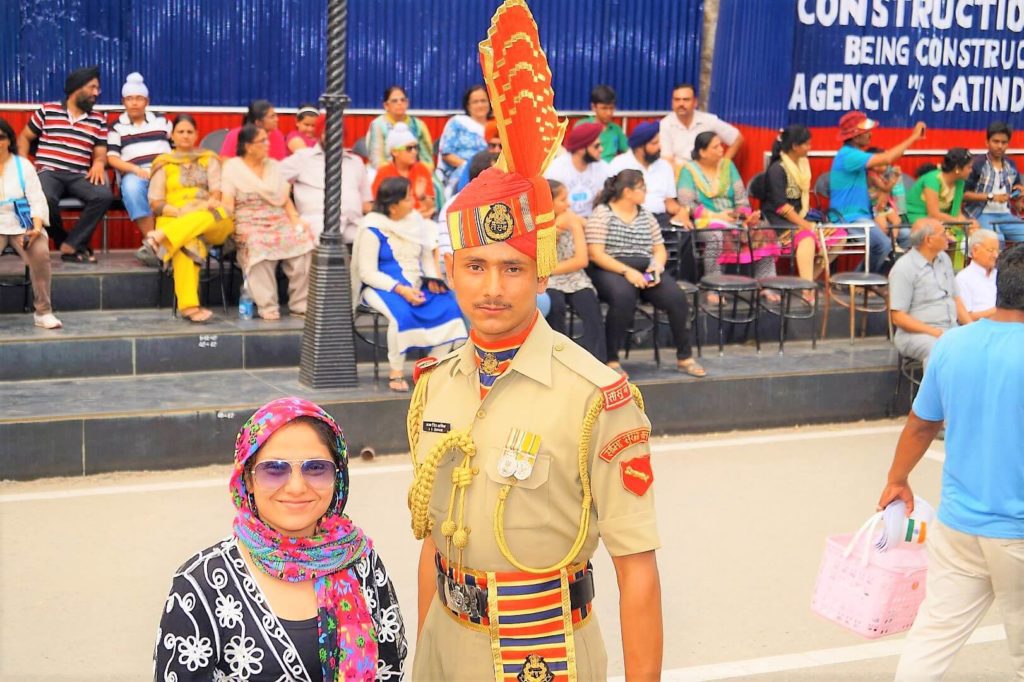
But I promise you it’s simple and won’t eat much into your time if you plan for it, and line up the ingredients.
But I promise you it’s simple and won’t eat much into your time if you plan for it, and line up the ingredients. Also don’t sweat if you don’t have a few of them. As long as you have the major ones, it’s all good.
Ingredients
1 large cup kabuli chana (white chickpeas), soaked overnight
1 -2 tea bags
2 tablespoons of oil (or less)
1 onion, finely chopped
1 green chilli, finely chopped
2 inches of ginger, finely chopped
1 large tomato, finely chopped
Turmeric powder (Haldi)
1 tablespoon of amchur (Dry Mango Powder)
1 teaspoon of black salt (Kala Namak)
Salt to taste
Coriander (dhania) leaves and ghee, for garnishing
For the Amritsari Chole Masala Powder
A small cinnamon stick (Dalchini)
2-3 cloves (Laung)
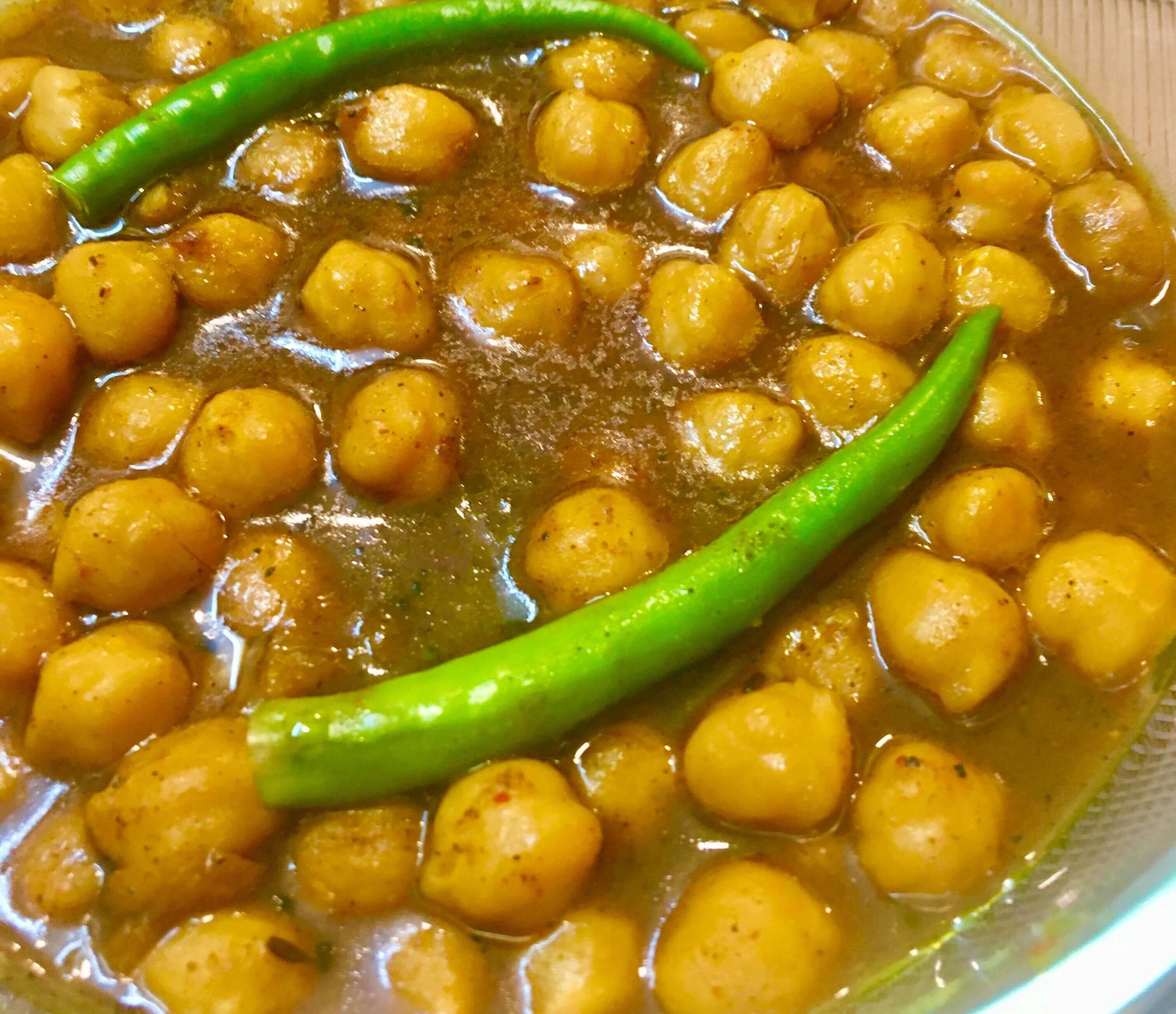
1 brown cardamom (Badi Elaichi)
1/4 teaspoon methi seeds (Fenugreek)
1 tablespoon cumin seeds (Jeera)
1 tablespoon coriander seeds (Dhania)
1 tablespoon Dried Anardana Seeds (Pomegranate Seeds Dried)
2-3 Dry red chillies
1 teaspoon of whole black peppercorns
Method
To begin with, soak the kabuli chana/chickpeas for eight hours or overnight in water. Add the soaked chana into the pressure cooker, with a teaspoon of salt and two tea bags. Ensure the water level is at least two inches above the level of the chickpeas. I always prefer to add a little extra water.
The tea bags help give the Amritsari chole a delicious deep colour. In fact, this is a cherished secret too, a dear friend told me a while back. If you don’t have tea bags, no sweat, you can make a little potli, put some dark tea leaves into it, tie it with a cotton thread and add it to the pressure cooker.
Pressure cook the chana for about 35 to 40 minutes on medium heat. After the first 12-15 minutes, turn the heat to low and continue to pressure cook for the remaining time.
Turn off the heat and allow the pressure to release naturally. In the meanwhile, preheat a frying pan and add the coriander seeds, cumin seeds, methi (fenugreek) seeds, cinnamon, cloves, badi elaichi, red chillies, anardana seeds and black pepper corns.
Roast all of them on medium high heat for about 3-5 minutes until you get a delectable roasted aroma. Now turn the heat off. Once cooled, add the roasted spices into your mixer grinder and blend to make an aromatic powder. Keep the powder aside.
Now, add 2 tablespoons of oil to a preheated pan over medium heat. Add the chopped onions, ginger and sauté until the onions soften.
Now add the dry Amritsari chole masala, chopped tomatoes, turmeric powder, kala namak and sauté the tomatoes until they become soft and well-done. After this, add the kabuli chana/ chickpeas into the chole masala. Stir and mix well.
Cover the pan and simmer the Amritsari Chole Masala for a good 10 minutes or so. Now open the pan and cook till the Amritsari Chole masala develops a thickened gravy consistency. Check for salt.
You can serve it with bhaturas, puris or parathas as the tradition goes. Or even just hot rotis or steaming rice will do. But some finely chopped onions and green chillies are its most trusted accompaniments, for sure.
And last, but not the least, garnish with a liberal dollop of ghee as you pour the chole into the bowl and some freshly chopped coriander leaves.
That’s the final touch and ooh la la! My mouth is beginning to water, even as I’m writing this.
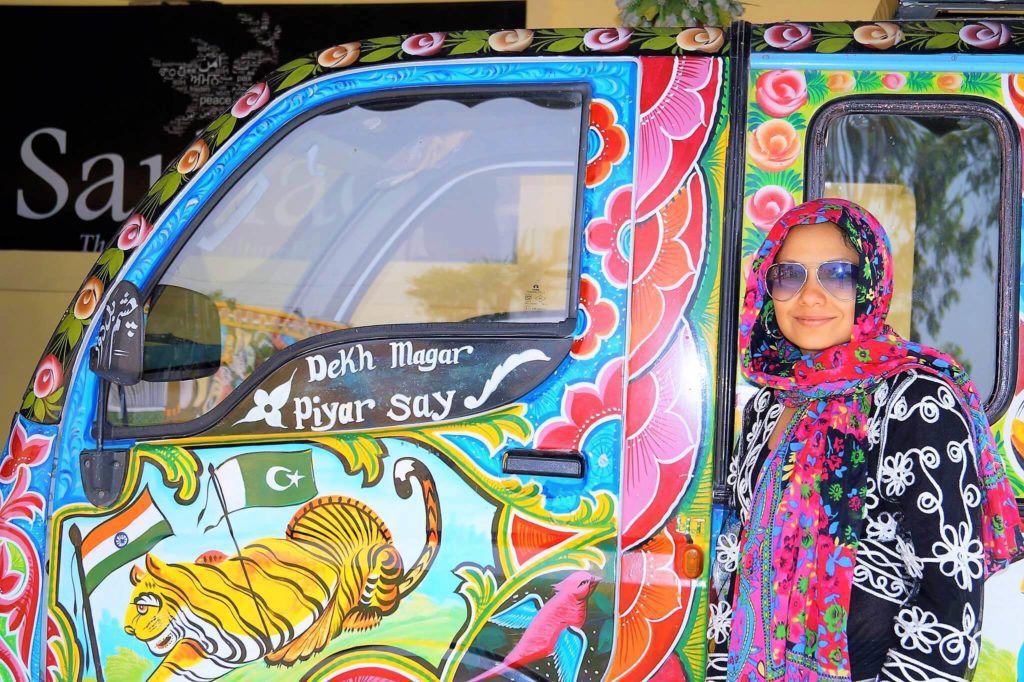
Photos by the author

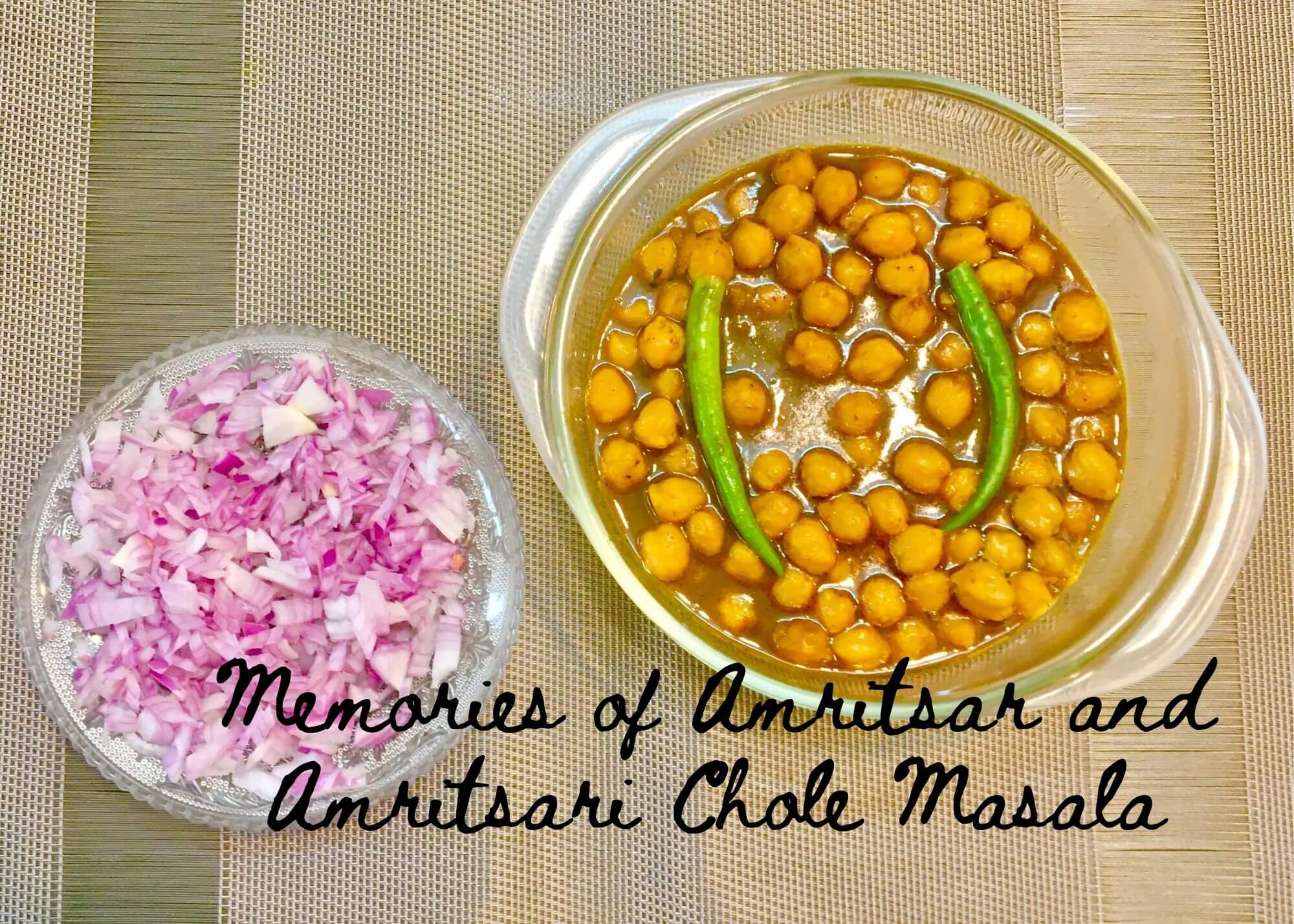



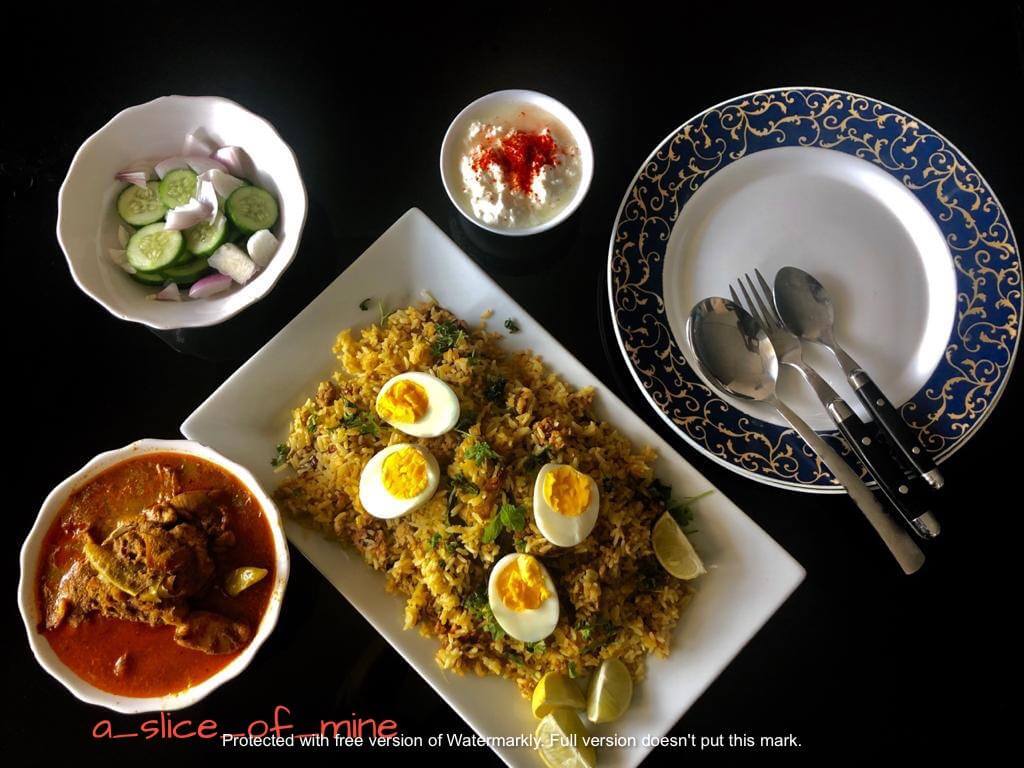

 By
By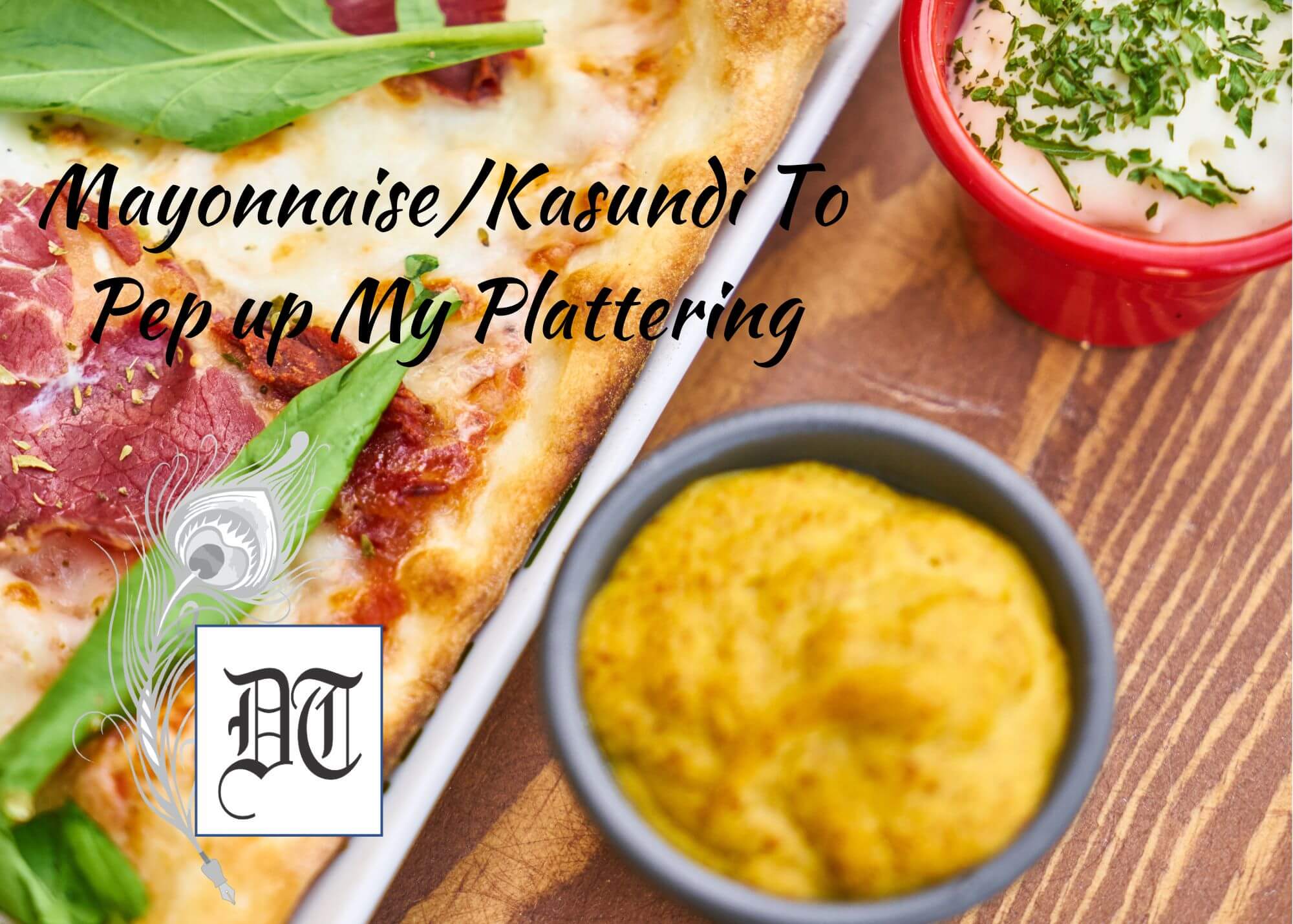
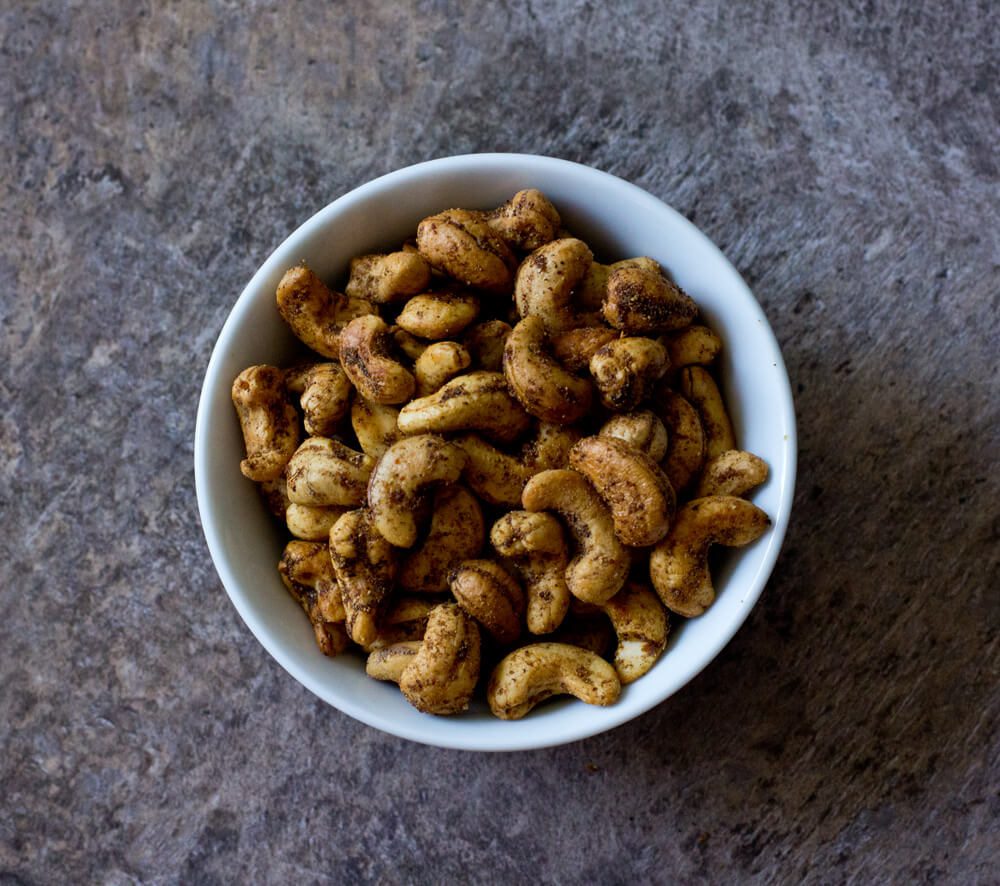
A most fascinating write-up.
Ooh la la! My mouth is beginning to water, even as I’m reading it.
Hunger they say is the best sauce….

Well.. with a full stomach, my awakened taste buds asked for more while relishing the authenticity of a delicacy hitherto not savoured… I realize none need to be accused of plagiarism when an improvised recipe leaves a good taste..! Great write.. Great taste.. Both yummy, dear Urna.
“… if hunger fuels the fires of anger, food is the energy that propels peace.” Succinct and laudable words of wisdom.
About the “dollop of ghee” on the cholas — how about a chopardh, and on tawa nans or home-made Lahori kulchas? The Ambarsari kulcha is a misnomer for an aloo-wala naan.